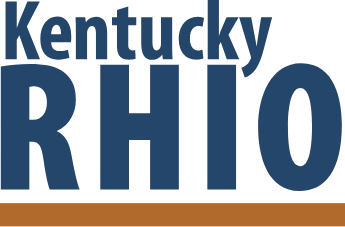On April 15, 2015, Congress and President Obama signed off on a sweeping piece of legislation called “MACRA”. The new law repeals the Medicare Part B Sustainable Growth Rate (SGR) reimbursement formula and replaces it with a pay-for-performance program called the Merit-Based Incentive Payment System or MIPS. This law outlines that by the end of 2016 85% of Medicare reimbursements will be tied to quality. In order to accomplish this, providers will either take part of an Alternative Payment Model or through the Merit-based Incentive Program System (MIPS). On April 27, 2016 the Notice of Proposed Rule making for the MIPS legislation was released for public comment.
What is MIPS?
Starting in 2017 MIPS will measure Medicare Part B providers in 4 categories and score them on a scale from one to 100. Providers will either earn incentive money, be penalized, or remain neutral based on how they score. The good news is that many of the performance measures should be familiar to most providers.
How is your “MIPS Score“ calculated?
Your MIPS score will be based on four categories: quality (PQRS, VBM)(50 points), meaningful use (25 points), clinical practice improvement (15 points), and resource use (10 points).
How is MIPS different from the current performance programs?
Meaningful Use is not going away! However, rather than having separate programs such as PQRS, EHR MU, and VBM, the new program will consolidate these programs to determine provider’s MIPS score. Each year a performance threshold is set and those that exceed it will earn incentive money while those that don’t will be penalized with ever-increasing percentages each year.
What are the financial impacts?
For payment year 2019 the penalty, as well as incentive, will be 4% and will grow to 9% by 2022. With a two year look-back period, you will receive this incentive or penalty based upon 2017’s data. Educate yourself as soon as possible. Starting the process in 2019 will be too late as you will potentially be penalized 4% (2019) and 5% (2021).
What if I am a small rural practice?
$20M a year will be set aside to provide help through various organizations to practices with 15 or fewer EPs, especially in rural areas.
What should I do to prepare?
The majority of the MIPS score is dependent on performance measures that are already in place. Continue to monitor and improve the existing programs including MU, PQRS, and VBM. Assign or hire an individual to be your organization’s “expert” on the MACRA legislation and MIPS rule. You must be ready to report for MIPS starting in 2017 so now is a good time to start preparing! CMS has created several tip sheets and are conducting listening sessions in order to education the health care community. You can find this information at cms.gov.
Are you ready to start start preparing your practice for the 2017 Medicare billing guidelines? Contact NeKY RHIO to begin educating you and your practice.
